Author: Halton
-
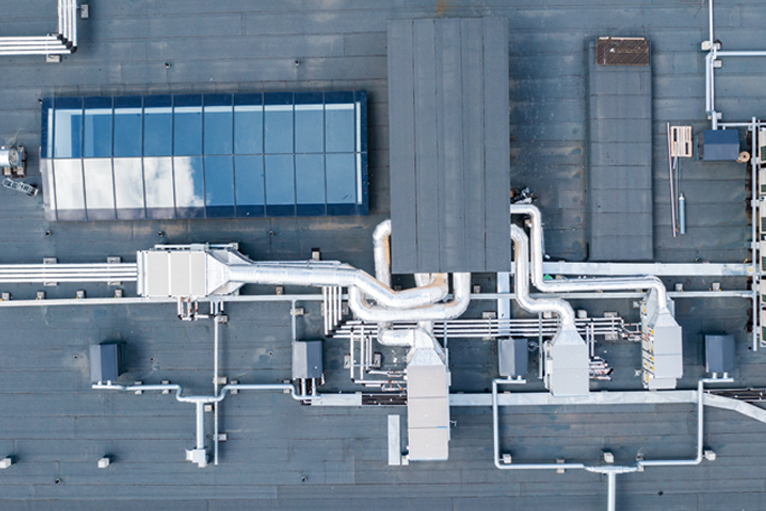
Exploring Make Up Air Unit Gas Heaters: Understanding the Differences Between Direct and Indirect Fired Systems
Outside air in some climates require heating in the winter. Direct gas-fired and indirect gas-fired heaters are the two most popular means of heating incoming outside air. The purpose of the make up air units is to provide fresh air to buildings to compensate for the exhaust of the kitchen hood. The International Mechanical Code…
-

What is Carbon Neutral, and What Does it Look Like in Practice for a Commercial Kitchen?
What is carbon neutral, and what does it look like in practice for a commercial kitchen? Many foodservice operators are recognizing the importance of minimizing their environmental footprint. Resources, such as energy, foodstuffs, and waste disposal, are under price and logistical pressure. It makes sense to carefully examine how an operation can utilize these resources…
-
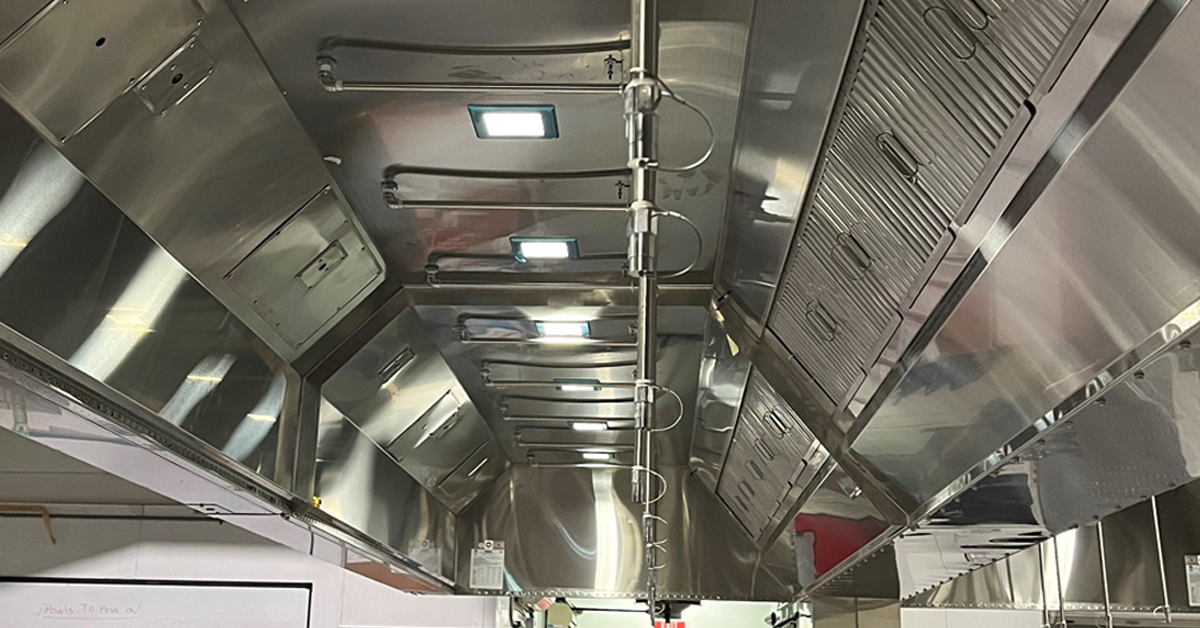
A Primer on Maintaining Your Commercial Kitchen Ventilation System
Proper maintenance of your kitchen ventilation system can sometimes be overlooked. Some requirements, such as duct cleaning, are code mandated, while others are discretionary. It is safe to say that maintenance is often viewed as an expense (from an accounting perspective, it is) but should be viewed as an investment in trouble-free operation. A commercial…
-
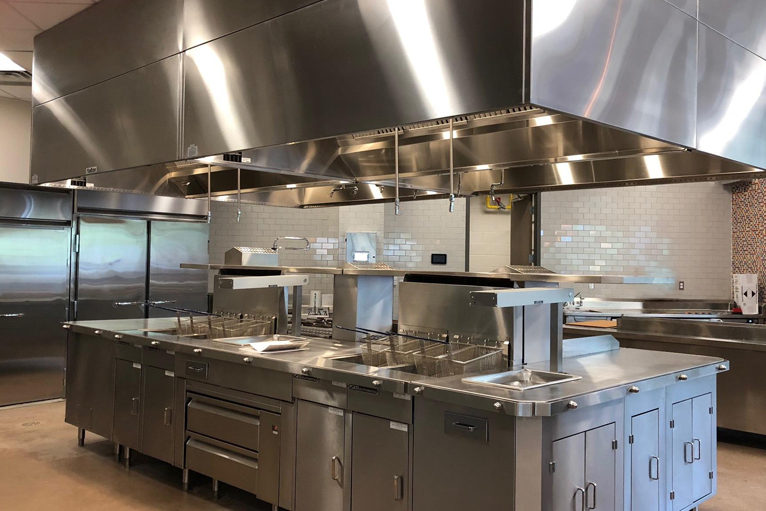
What does a sustainable commercial kitchen look like?
We often hear of the necessity of sustainability. When it comes to commercial kitchens, what does that look like in practice? In particular, commercial kitchens and ventilation are essential in maintaining a safe and healthy environment. Inherently, the kitchen ventilation system uses energy; how does one reduce that impact and move toward sustainability? Considering that…
-
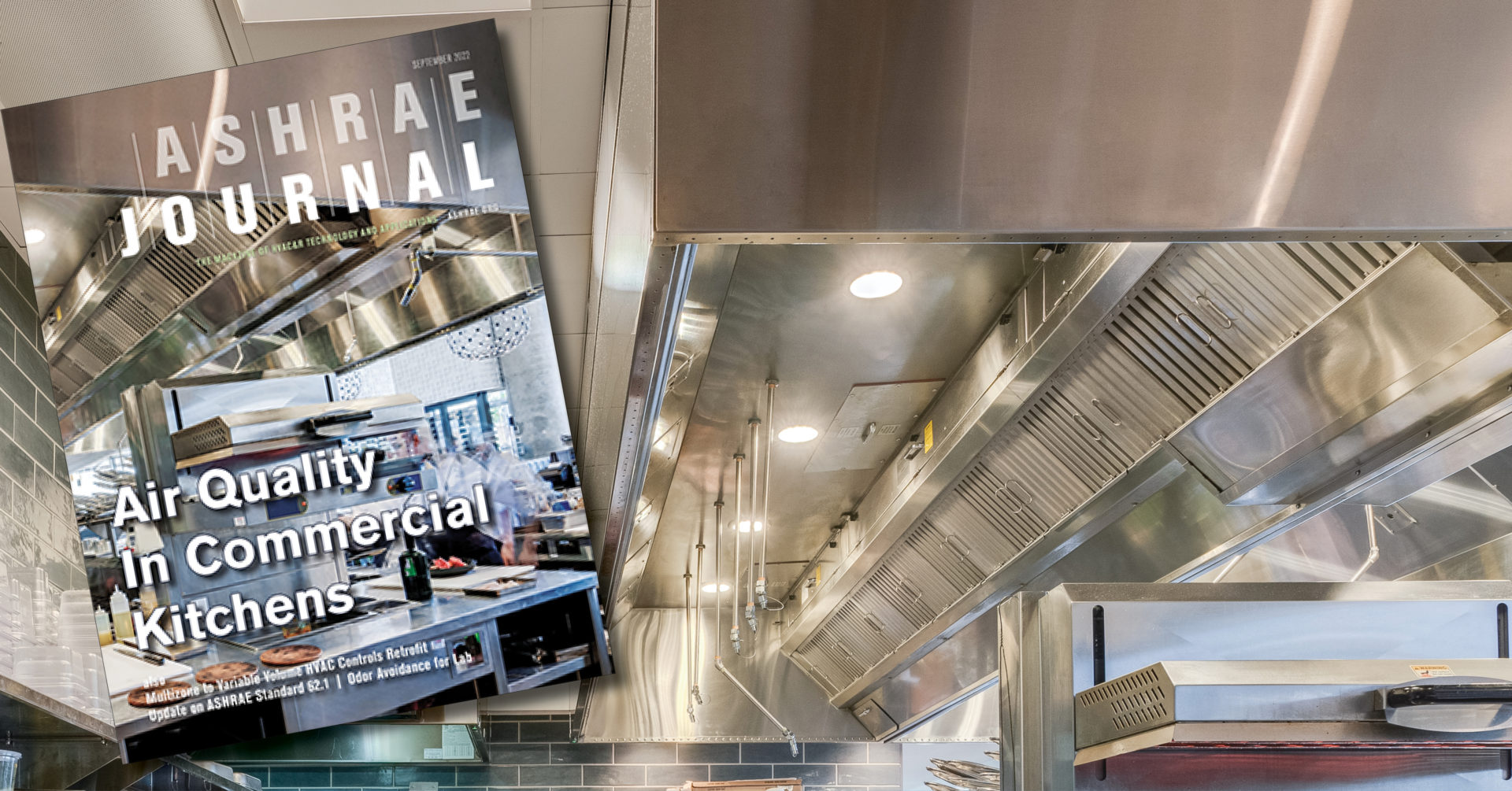
New Study Explores the Relationship between good Indoor Environmental Quality in Commercial Kitchens and Exhaust hood performance.
kitchenventilation.com has written multiple articles on understanding the importance of good indoor air quality in commercial kitchens and how IEQ sensors can improve indoor air quality (read the article). ASHRAE (American Society of Heating, Refrigeration and Air Conditioning Engineers) published a peer-reviewed study on the impact of PM2.5 (particulate matter 2.5 microns) on the Chef’s…
-
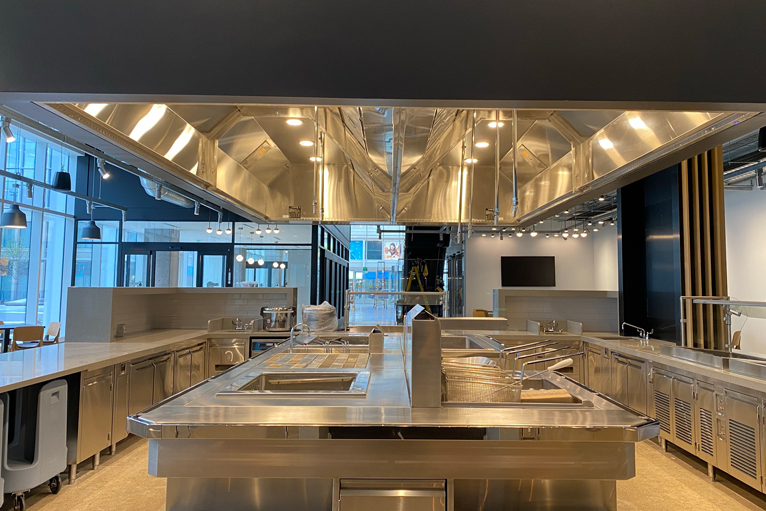
Demand Controlled Kitchen Ventilation Systems Sensors, how do they differ, and how are they the same?
An update on the technology used in Demand Controlled Kitchen Ventilation Systems. The introduction of thermal imaging sensors. The number and type of demand control systems for commercial kitchen ventilation systems have grown significantly in recent years. This can be attributed to several factors, principally the adherence to ASHRAE 90.1 ventilation standard. This is the…
-
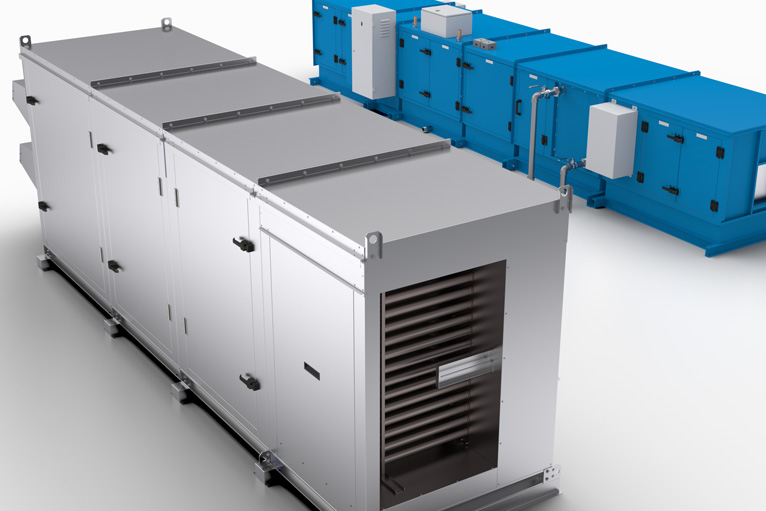
Heat Recovery in Commercial Kitchens
With the energy intensity of commercial kitchens, there are some significant opportunities to recover waste heat, save energy and reduce your carbon footprint. The most obvious area to recover heat is the kitchen exhaust hood. The typical temperature coming off the exhaust collar is approximately 100⁰ F. Recapturing that heat has its challenges since the…
-
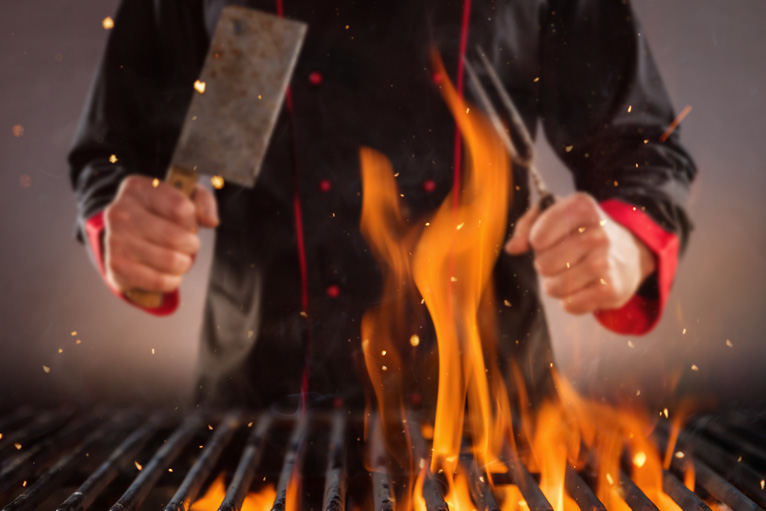
Solid Fuel Cooking Operations
Why are they different than non-solid fuel cooking operations and what are best practices when used with a Pollution Control System? As the name implies, Solid Fuel cooking operations are any cooking equipment that utilizes solid fuel for cooking the food product as opposed to using solid fuel for flavoring. Gas-operated equipment that uses solid…
-
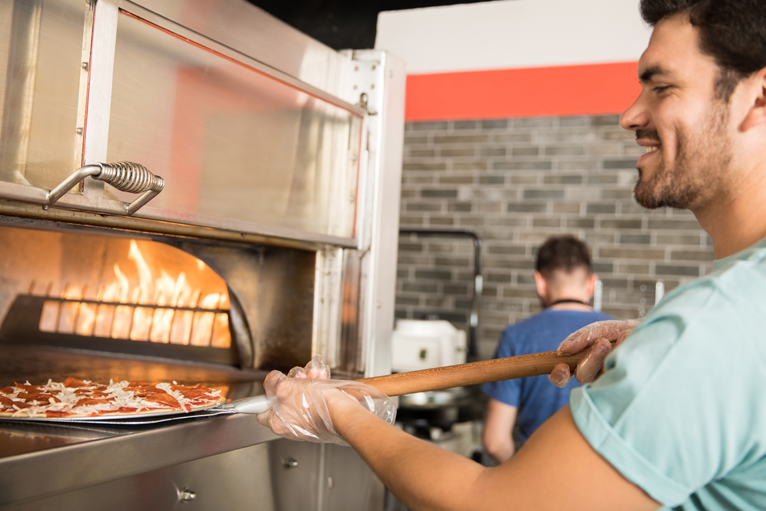
Improve Comfort and Save Money in Your Pizza Kitchen
In today’s highly competitive labor market, restaurant owners need to find ways to differentiate themselves to attract and retain top talent to their teams. One way that’s often overlooked is the comfort of the working environment. For restaurants, this translates into improving the comfort of the kitchen. Not only does a hot kitchen drive down…
-
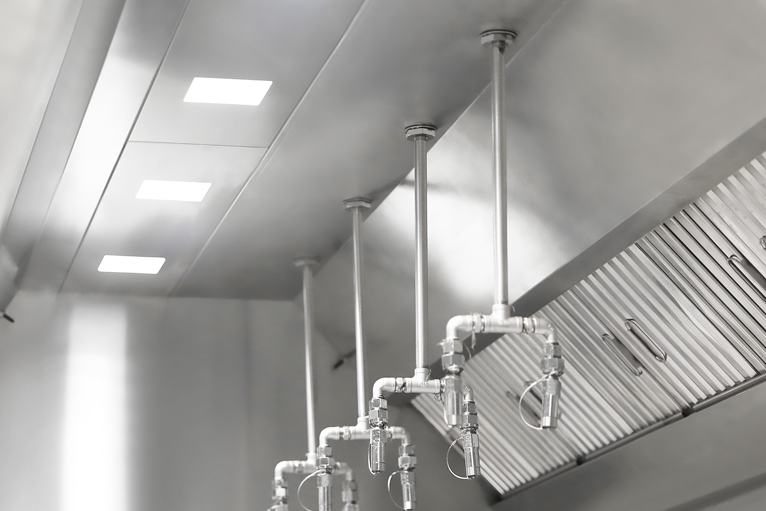
Replacing Fusible Links in Life Safety Systems
The National Fire Protection Association reports that in 2017 there were 499,000 structure fires. 72% of these fires occurred in residential occupancies leaving a remaining 139,720 in occupancies other than residential. While property damage resulting from these fires was in the billions the focus of this article is protection of life safety in commercial and…
